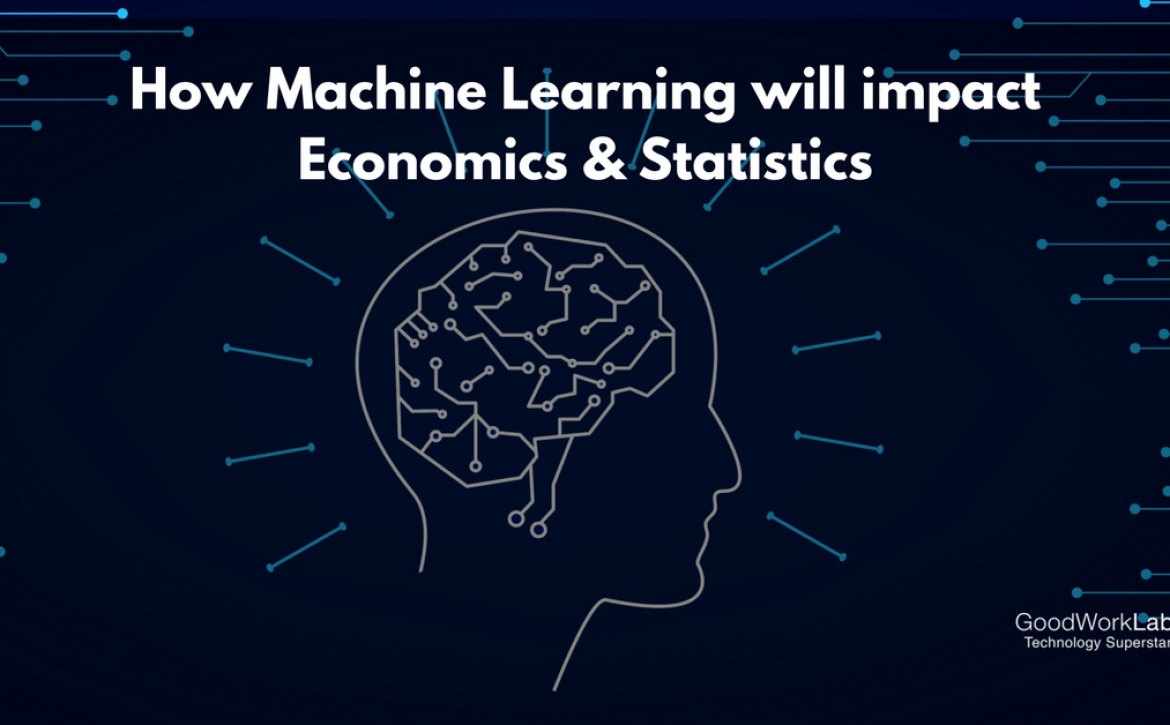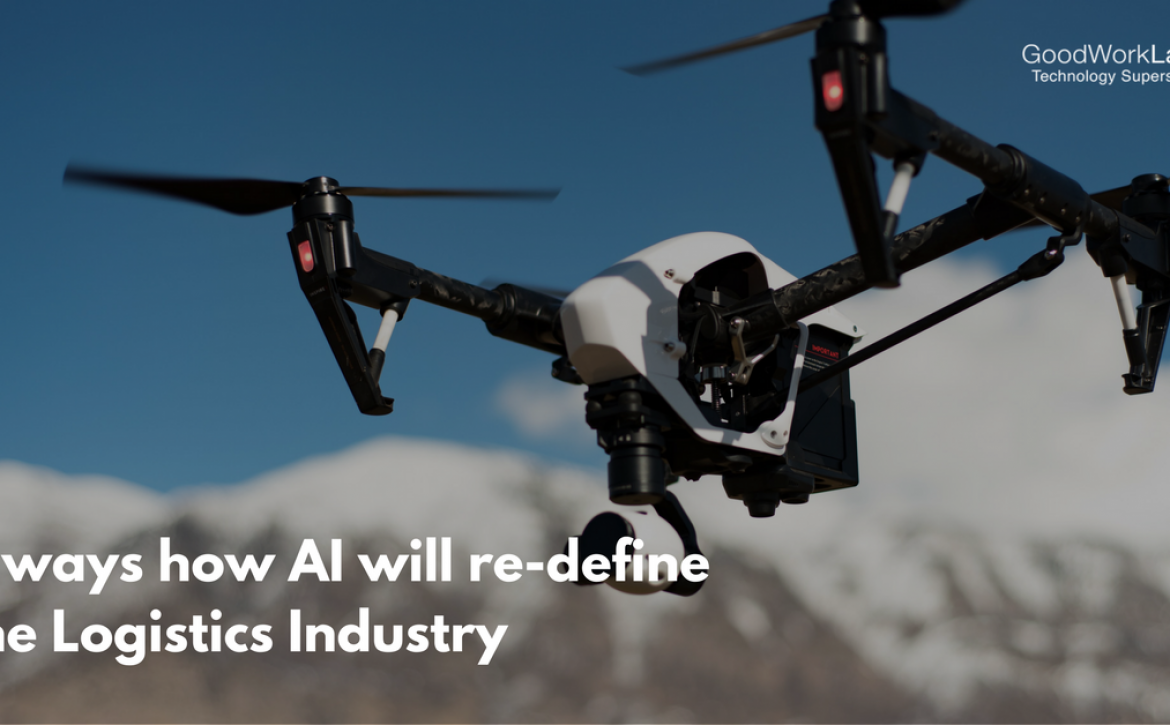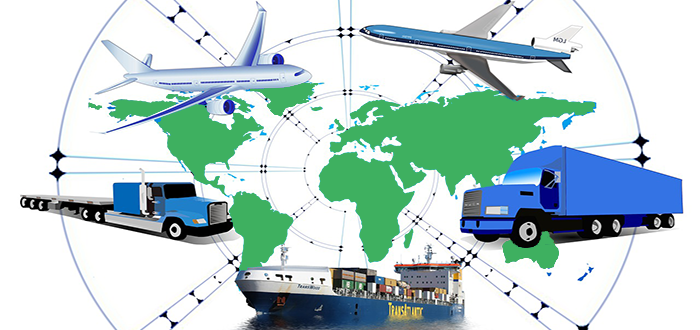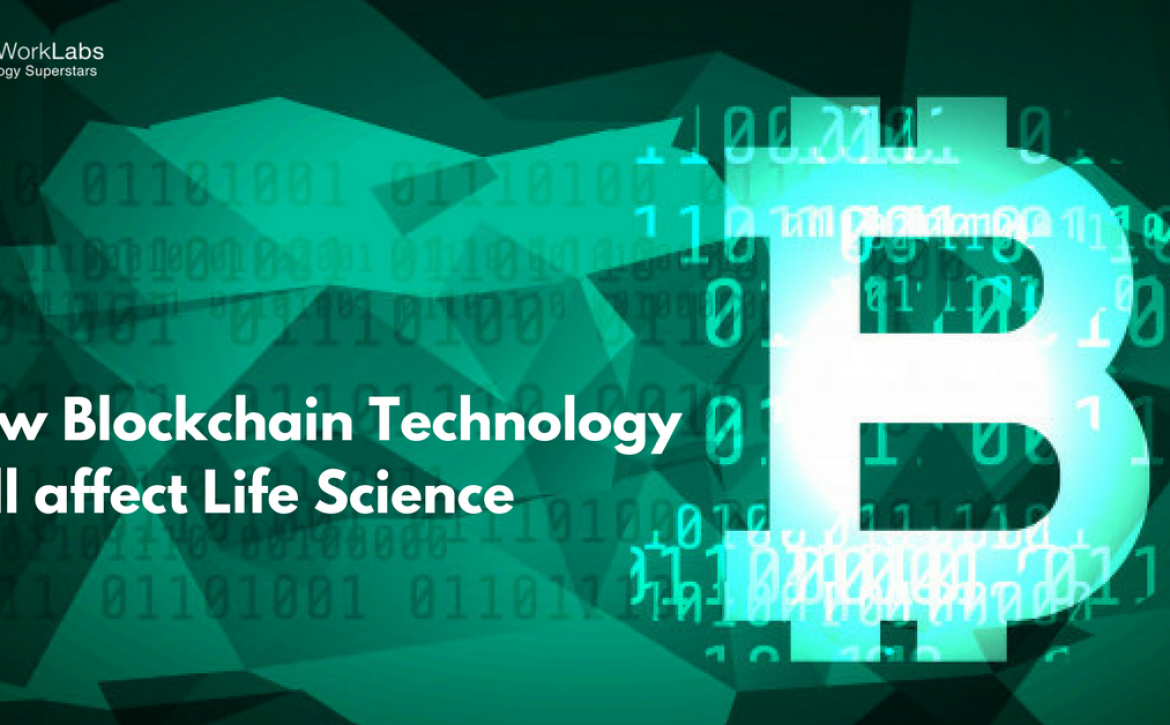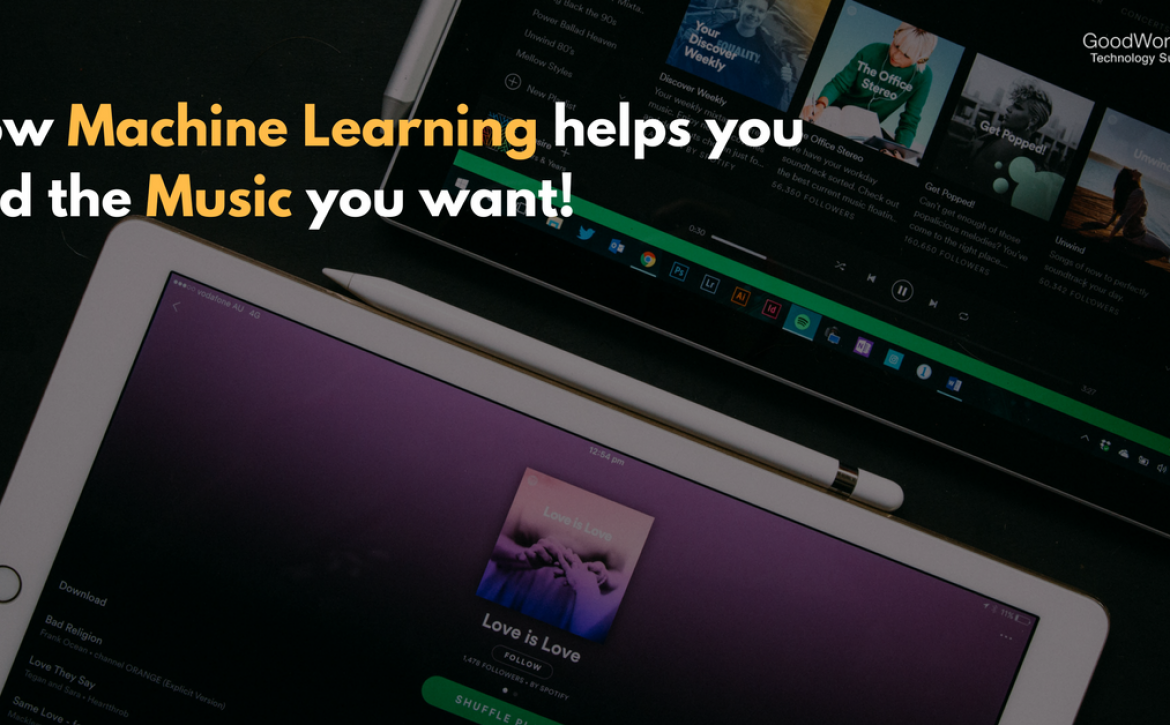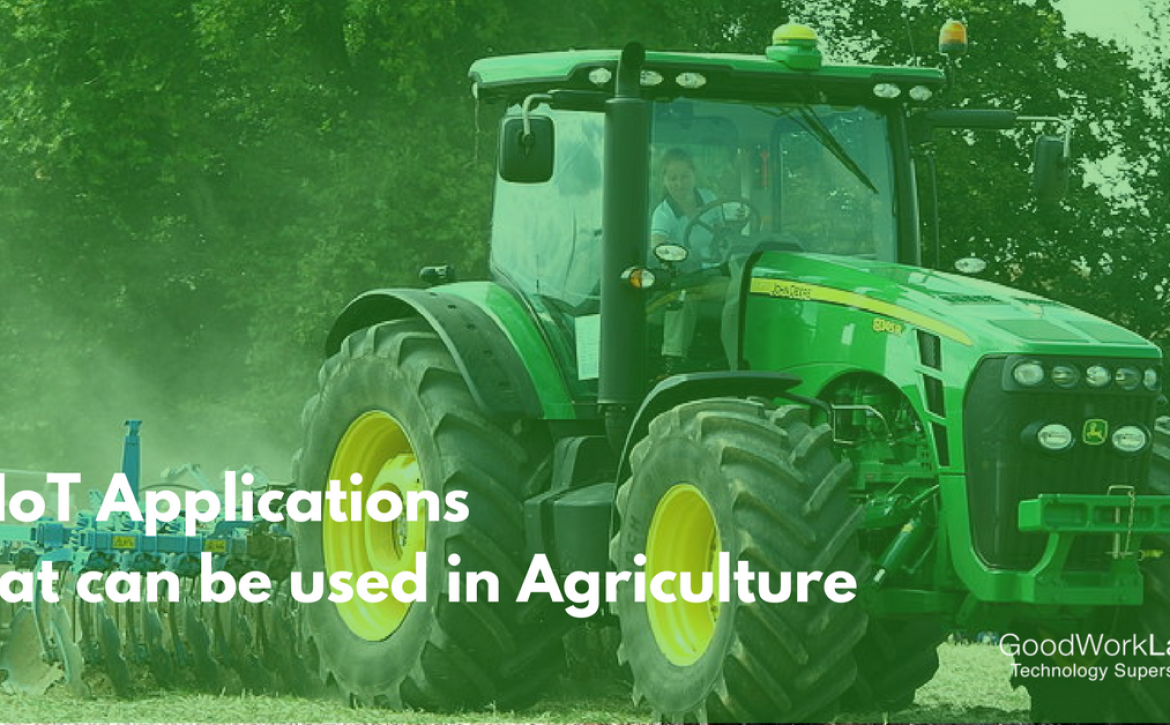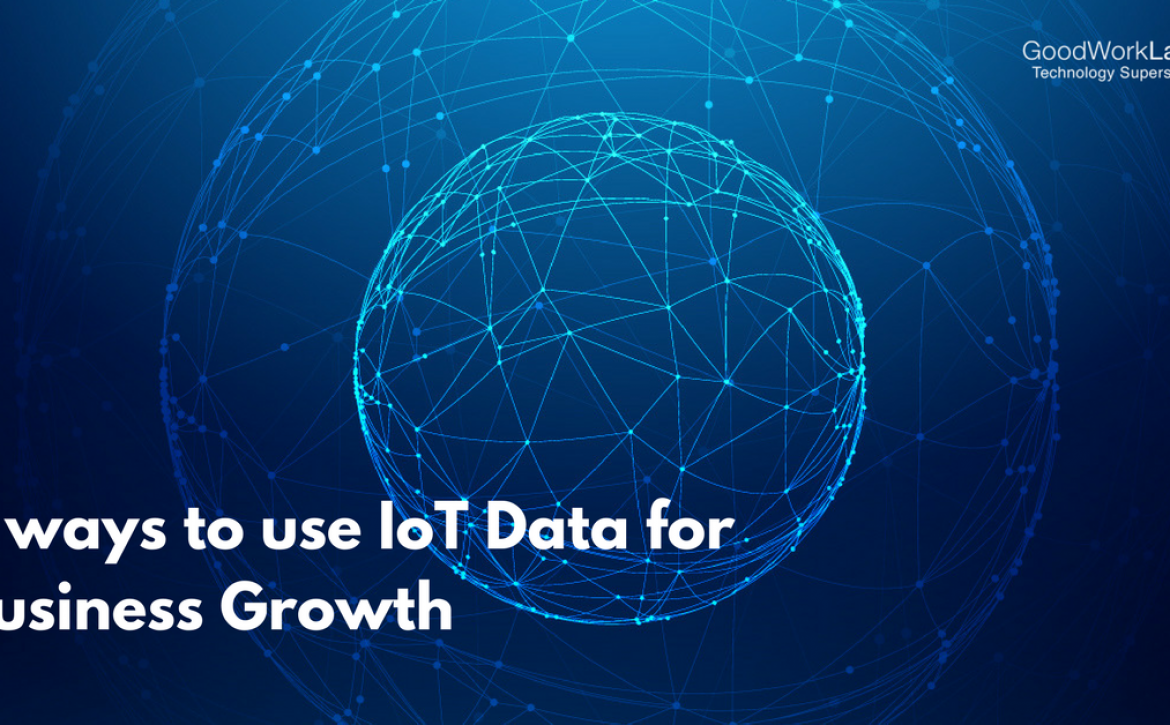Interesting examples of Machine Learning’s impact on Economics
How Machine Learning can affect Economics
Machine learning has found its way into multiple business applications. It makes computing the process more efficient, cost effective and trustworthy. Machine Learning is no longer a fantasy but a set of authentic business technologies that will help the management take better decisions in the long run. Be it Facebook recommending friends tag based on photos or voice recognition systems like Siri and Cortana, Machine Learning helps us to make smarter and better decisions.
The power of machine learning goes mainstream
Studies show that in 2017, ¼ of the respondent companies used 15% of their IT budget on machine learning and have seen phenomenal ROI emanate from it. These numbers are expected to rise in the future because of fast infusion of machine learning into different and diverse industry verticals.
Machine learning is broadly used in the field of life sciences, healthcare, hospitality, and retail. Interestingly, there is one more vertical that machine learning can impact but it is not that popular yet.
It is the field of Economics!
Research shows that machine learning is yet to revolutionize economics the same way it has done for other fields. But it will majorly expand its possibilities and more economists should start to implement machine learning in their studies.
Want to see how machine learning can impact the field of economics? Read on…
How Machine Learning and Economics come together?
When an economist analyzes economic data, they try to figure out the relationship between two dynamic and seemingly unrelated conditions. For example, an economist might sort through real estate data to figure out how much the size, location, or other factors will determine the price people are willing to pay for a home.
Machine learning will not only help an economist figure out the relationship between the user and external factors but also will use that data to predict on how much that same house is worth and what should be expected from potential buyers.
Machine learning will not directly influence economic research but will help economists with the research data and predications. Machine learning is primarily useful in collecting new sources of data. For example, economists have already been able to convert satellite data into estimates of economic growth, as well as to measure neighborhood income levels in Boston and New York using Google Street View, Yelp, and Twitter.
Another feature of machine learning is it allows economists to analyze language as data. Algorithms can be used to identify news articles too. It can gauge if the sentiment of the text is negative or positive. Brand marketers can then utilize this information to roll out campaigns accordingly.
Machine learning is also useful for testing out economic theories. Economists are working on the theory that share prices should incorporate the most relevant information, thus making it possible to predict future stock market fluctuations.
To conclude
Although machine learning is a new concept, it has a promising future in the world of economics. Some of the above examples show succinctly why machine learning has the (nearly) perfect answer to some of the most complex queries faced by an economist.


